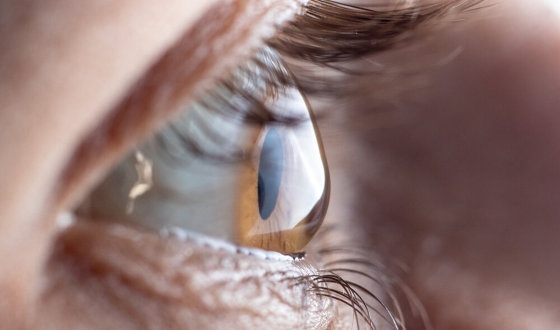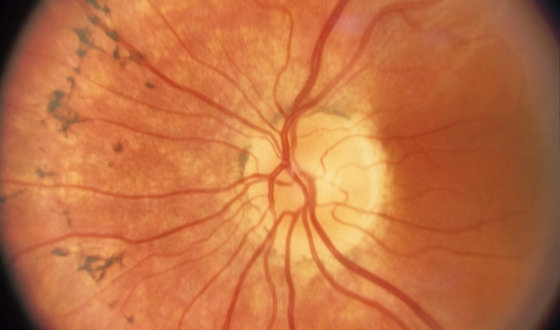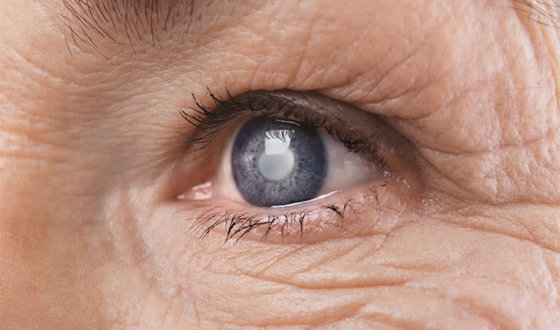Disease guides
Our team prepared a quick overview of the most prevalent health issues. As a result, disease outlook, diagnosis, standard therapy, new treatment solutions and statistics are structured in one place.
Articles
Quick informational support on hot topics.
Disease guides
An intuitive map on the most current health issues.
Treatment guides
The latest treatment approaches in one place.

Spinal Tumor Guide
97% of all spinal tumors have metastatic nature. Up to 56% of primary spinal tumor cases are benign. About 80% of primary spinal tumors are asymptomatic. The average recurrence rate of spinal tumors is about 25%. The spinal cord is second among the essential elements of the human nervous system. Together with the brain, it is a part of the central nervous system. The spinal cord is about 43-45 cm long. It went inside the backbone's spinal canal and separated into 31 segments. The spinal canal also contains cerebrospinal fluid, which is necessary for the adequate functioning of the nervous system.
Cerebrospinal Fluid Leak Guide
Up to 30% of skull base fractures, 9% of open head injuries, and 3% of closed head injuries end up with cerebrospinal fluid leaks. About 30-38% of patients with a cerebrospinal fluid leak will have a relapse. Each third case of cerebrospinal fluid leak leads to meningitis.
Brain Metastases Guide
20-40% of patients with tumors might get a brain or spinal cord metastasis. Patients with brain metastases who don't receive treatment have an estimated survival rate of 2 months. In the USA, brain metastases are discovered in 170 000 patients annually.
Keratoconus Guide
Only one in every ten patients has a relative with keratoconus disease. People in the Middle East are five more likely to have keratoconus, up to 5% of the population. Keratoconus disease usually starts when a person is in their 20s or 30s and worsens until their 40s.
Retinitis Pigmentosa (RP) Guide
1 in every 4,000 people is affected with retinitis pigmentosa. Every second patient with retinitis pigmentosa has no family history with it. Retinitis pigmentosa is caused by harmful changes in more than 50 genes. If nothing is done, the person with retinitis pigmentosa can lose their vision by age 40. But total blindness is rare.
Cataracts guide
A cataract is a clouding or loss of transparency of the eye's natural lens. It is because the proteins contained in the lens are destroyed and stick together. Moreover, the disease eventually leads to vision loss and, in individual cases, blindness.





